Battle of the S8 chipsets: Snapdragon 835 vs Exynos 8895
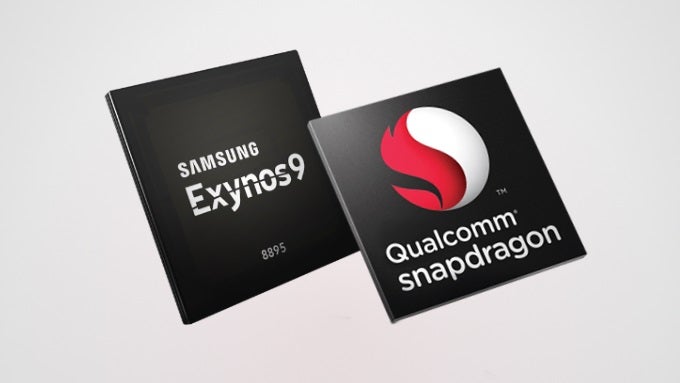
| Snapdragon 835 | Exynos 8895 | |
| CPU Cores | Kryo 280 | Custom + Cortex A53 |
| CPU Configuration | 4 x 2.45 GHz 4 x 1.9 GHz | 4 x 2.5 GHz 4 x 1.7 GHz |
| GPU | Adreno 540 | Mali-G71 MP20 |
| RAM | 2 x 32-bit LPDDR4X 1866MHz | LPDDR4X |
| Camera | 16MP Dual, 32MP Single | 28MP+16MP Dual, 28MP Single |
| Flash | eMMC 5.1 / UFS 2.1 | eMMC 5.1 / UFS 2.1 |
| Video Recording | 4K @ 30FPS | 4K @ 120FPS |
| Video Playback | 4K UHD @ 60fps | 4K UHD @ 120fps |
| Modem | LTE Cat. 16 4CA 1 Gbps down LTE Cat. 13 2CA 150 Mbps up | LTE Cat. 16 5CA 1 Gbps down LTE Cat. 13 2CA 150 Mbps up |
| Charging | Quick Charge 4.0, WiPower | Samsung Adaptive Fast Charge, Qi, PMA |
CPU
The two processors are pretty similar, but their cores run at somewhat different clock speeds.
First off, we have what is probably the most important component of a smartphone – its processor. Both Samsung and Qualcomm have upped their game since the last generation, offering an almost 30 percent increase in performance, along with a 40 percent reduction of power consumption. These, along with the processors' reduced physical size, are all a result of new 10 nm FinFET technologies, which let the manufacturers cram more power in less space. Both processors feature an octa-core architecture, with four high- and four low-powered cores which get switched on depending on processor load. While the two processors’ clock speeds are somewhat different, real-life usage benchmarks are yet to show which solution is the better one, though we predict performance will be near identical.
GPU
The Snapdragon offers a 25% improvement over previous chipsets, but the Exynos beats that quite easily.

Both chipsets offer vast improvements, but the Exynos is still the clear winner
20-core configuration, with Samsung promising up to 60 percent improvement over previous GPUs. The clear winner here is Samsung’s chipset, though hopefully the real-world difference won’t be as huge as the number suggest.Data speeds
Both new chipsets offer increased potential data speed – in fact, the numbers are exactly the same: up to 1 Gbps down and 150 Mbps up, though a major difference is that Exynos’ modem is also the first ever to offer 5-band carrier aggregation. Specifics on it are unclear, however, meaning we don’t yet know whether 5 bands are required to hit the maximum speed, or they are simply an optional feature.
Audio, video, and cameras
The S8 doesn't make use use of either processor's full capabilities in the camera department.

According to leaked specs, the Galaxy S8 will feature a 12 MP dual camera on the back, and an 8 MP one on the front. This is a far cry from both of its chipsets’ capabilities, unfortunately – the Snapdragon 835 supports a dual-16 MP rear shooter, while the Exynos 8895 ups that with a 16 plus 28 MP configuration. Exynos-powered devices should also support 120 fps video playback, along with 4K recording, which puts the 835’s 60 fps playback to shame. Samsung’s chip also includes what the company calls a “Vision Processing Unit”, a technology designed to help analyze image data, and improve the phone’s video tracking and object recognition capabilities. As for audio, a comparison remains impossible for now, as the Exynos’ DSP hasn’t been detailed yet. the Snapdragon, on the other hand,
The Exynos' 120 fps 4K video playback puts Qualcomm to shame
offers reduced power consumption, including for always-on microphones, which are commonly used in virtual assistants.Charging
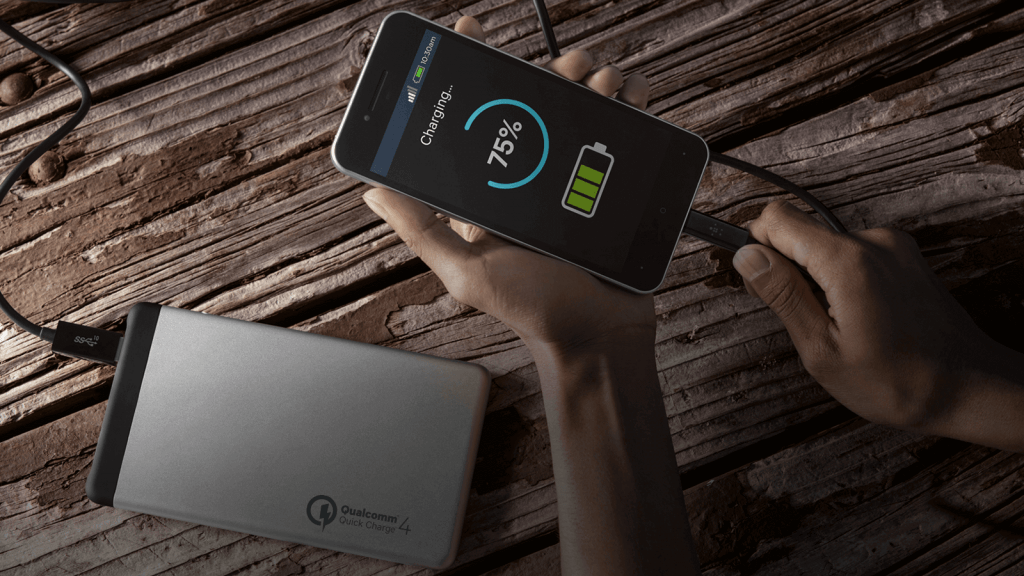
Both of the chipsets powering the S8 will also feature some form of fast charging – for the international version, there’s Samsung’s Adaptive Fast Charge, while the US gets Qualcomm’s Quick Charge 4.0. The devices’ wireless charging technology will also be different, too, with Exynos-powered ones using the QI and PMA standards, while the Snapdragon 835 is locked to Qualcomm’s WiPower.
Security
As expected, both chipsets have advanced security features, the biggest of which is probably support for iris scanning technology. The S8 has been rumored for a while to include the feature, helping up mobile security. Snapdragon Security, a feature of the new 835 chipset, also promises automatic malware detection, along with transaction authentication for mobile payments. The Exynos 8895, meanwhile, has a “dedicated layer” for security, which will offer much of the same features, along with a hardware crypto accelerator and a flash memory protector.
Conclusion
Only time can tell how good real-life performance will be
While the different US and international variants of previous Samsung flagships haven’t differed that much in terms of specs, the Exynos-powered versions have consistently offered slightly better performance, and the S8 is not an exception in that regard. Of course, it’s doubtful Samsung will let international users get more features than US ones, so don’t get your hopes up for 120 fps video just yet. As for real-life performance, it’s worth noting again that nothing is set in stone just yet – there have been recorded instances of the same device using the same chipset on a different carrier having significantly different performance, so only time (and benchmarks) can tell which will be the best version of the Galaxy S8.Follow us on Google News


![New T-Mobile CEO has everyone on the edge of their seats with new teaser [UPDATED]](https://m-cdn.phonearena.com/images/article/175840-wide-two_350/New-T-Mobile-CEO-has-everyone-on-the-edge-of-their-seats-with-new-teaser-UPDATED.webp)
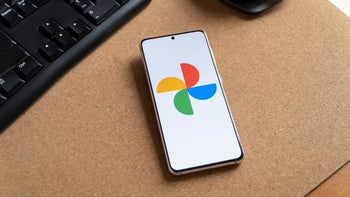




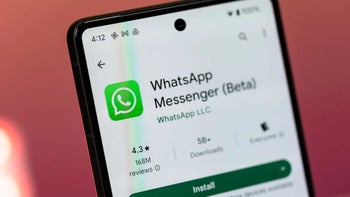


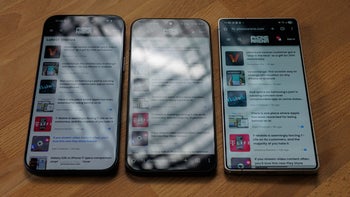
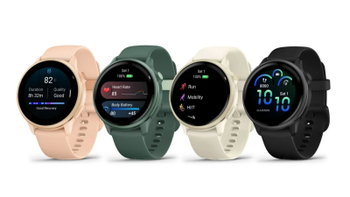
Things that are NOT allowed:
To help keep our community safe and free from spam, we apply temporary limits to newly created accounts: